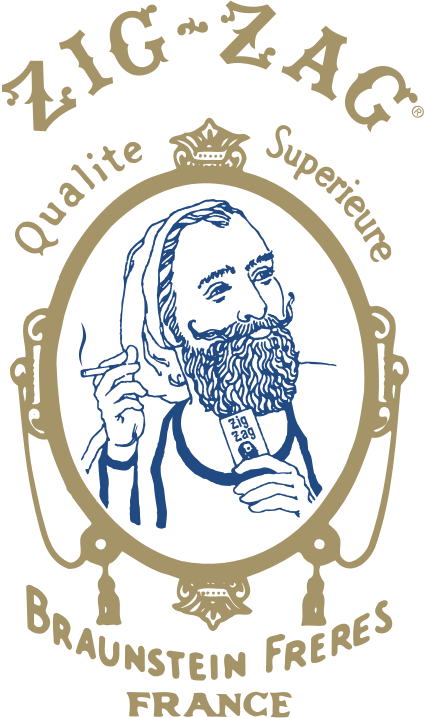Hey Everybody,
Here I am again with some info request:
A couple weeks ago I've bough my first couple of "real" knives:
Miyabi 4000FC Guyoth
Miyabi 4000FC Shotoh
F-Dick Boning knife
When I was reading trough previous posts and requests, I've noticed that one basic stone kept popping up and that was the Shapton Pro 1000, so I bough that one as well.
Now for the time being, the knives mentioned above are still plenty sharp, but my other basic X50CrMoV15 kitchen knives could use a touchup so I educated my self trough YouTube and had a go at it.
It didn't take long before I got a decent edge and was able to cut paper again. But after that, nothing notable changed. I did about 20 on each side to get to get to the paper cutting, then did 20 more, and 20 more, no improvements.
Now I also own a Lansky sharpening system and I can get a razor sharp edge with the 1000 stone.
- Is this about as sharp as I can expect from the Shapton stone?
- Looking at the knives I have above, Is this a good basic stone or should I go with a different one?
- Anything I'm missing?
Here I am again with some info request:
A couple weeks ago I've bough my first couple of "real" knives:
Miyabi 4000FC Guyoth
Miyabi 4000FC Shotoh
F-Dick Boning knife
When I was reading trough previous posts and requests, I've noticed that one basic stone kept popping up and that was the Shapton Pro 1000, so I bough that one as well.
Now for the time being, the knives mentioned above are still plenty sharp, but my other basic X50CrMoV15 kitchen knives could use a touchup so I educated my self trough YouTube and had a go at it.
It didn't take long before I got a decent edge and was able to cut paper again. But after that, nothing notable changed. I did about 20 on each side to get to get to the paper cutting, then did 20 more, and 20 more, no improvements.
Now I also own a Lansky sharpening system and I can get a razor sharp edge with the 1000 stone.
- Is this about as sharp as I can expect from the Shapton stone?
- Looking at the knives I have above, Is this a good basic stone or should I go with a different one?
- Anything I'm missing?





